Every Sales Forecast Call Should Start With These 5 Metrics
Sales leaders track dozens of elements in forecast calls, which are critical for staying on top of sales trends and driving the business forward. For me, there are five metrics I need to know in every session. These are the core elements that signal the health of my business.
On every forecast call, the first five items I ask my teams to present are the following, in this order:
1. Quota
This may seem redundant, as the quota is set ahead of time and doesn’t change. But I’ve sat in far too many forecast meetings where a sales rep or manager opens up with “my forecast is . . . ” Wrong. The manager could be forecasting 50% of her quota. And if she doesn’t start with that, the audience has no idea what to compare against.
Starting with “my quota is . . . ” is the right approach. Budgets and plans are built upon quota, not upon forecasts, so starting with the quota is critical to reinforce what we’re here to achieve.
It certainly made some of my teams crazy that I focused on such a tiny-seeming distinction. But if you want to run a tight organization and create an environment of accountability, this is the right starting point.
2. Forecast
After we’ve addressed quota, it’s the right time to discuss the forecast. As a leader, I now know the delta between what my plan is and where we’re targeted to land. If I manage multiple teams, I can gauge if a team that’s overperforming will make up the shortfall of another team that is underperforming.
3. Closed Won
This metric is where the forecast call really takes shape. When the presenter shares her “closed-to-date” figure, I now have a lot of data. Your quota is $200K, your forecast is $150K, and you have $50K closed. I know you’re forecasting 75% of quota and have $100K left to hit that forecast (and $150K left to hit quota).
Timing is another element that I’m closely watching with this metric. If this is a forecast in week four of a given quarter, I know that closing the $100K delta to meet forecast is quite possible and closing the $150K gap to quota is within sight. But if we’re in week 11 of the quarter, I’m biting my fingernails.
Regardless, the closed won metric helps me understand my gaps, which sets me up for elements #4 and #5.
4. Total Pipeline
The next item I want to hear about is the total universe of deals available for this time period. In the example above, if we have $200K quota, $150K forecast, and $50K closed, and your total pipeline is $400K, then I feel decent. You know you need to close $100K to hit forecast and $150K to reach quota. And with $400k in pipeline, we have 4x the forecasted amount and almost 3x the amount needed to hit quota.
Total pipeline also has a time element baked into it. If this is week four of the quarter, there’s still time to convert this pipeline to closed deals. If it’s week 11, however, time is dwindling fast!
5. Committed Pipeline
This is the true tale of the tape! Knowing the total pipeline gives me optionality, but knowing the committed pipelines give me confidence (or lack thereof). In our example above, the quota is $200K, forecast is $150K, closed is $50K with a total pipeline of $400K. The committed pipeline figure gives me a more precise view as to the probability of making forecast (and quota).
If the total pipeline is $400K and committed pipeline is $0—uh oh. This doesn’t feel great. It means you need to convert upside and best-case pipeline, which is typically difficult to do. But if you come in and tell me $400K in pipeline exists and $75K is committed, I now feel reasonably confident about you getting to $125K of your forecast before we need to drop down in the pipe status to close lower-quality pipeline. I also know you need $25K from that lower-quality pipe to hit forecast, and here is where I start inspecting your lower-stage pipeline categories to see if we can close the gap to hit quota.
As a revenue leader, I view these five metrics at a per-rep, per-manager, and per-VP level to understand our current state and our risks. These five metrics help me both predict the end state and also prioritize where we spend our time.


